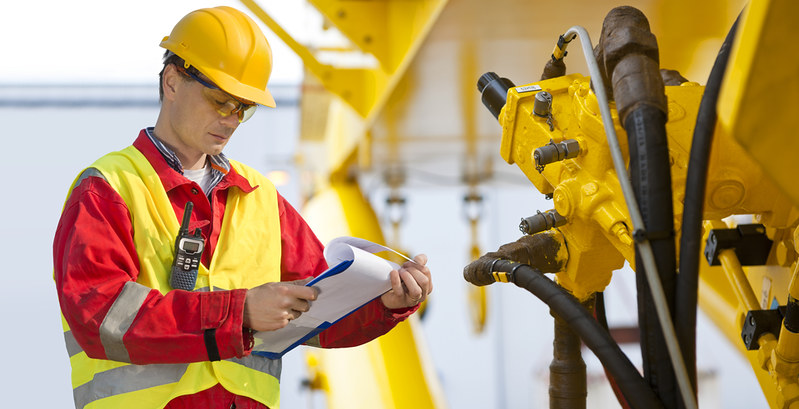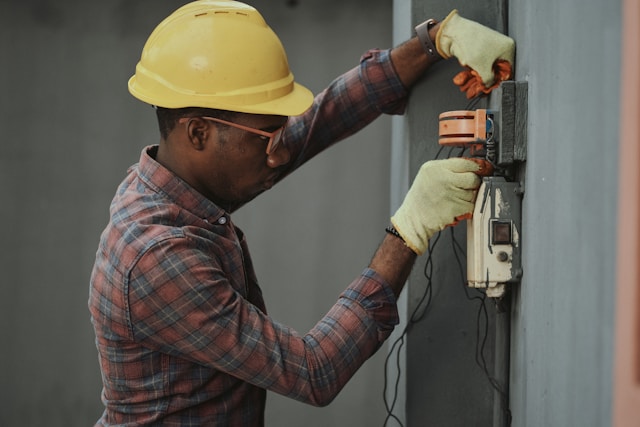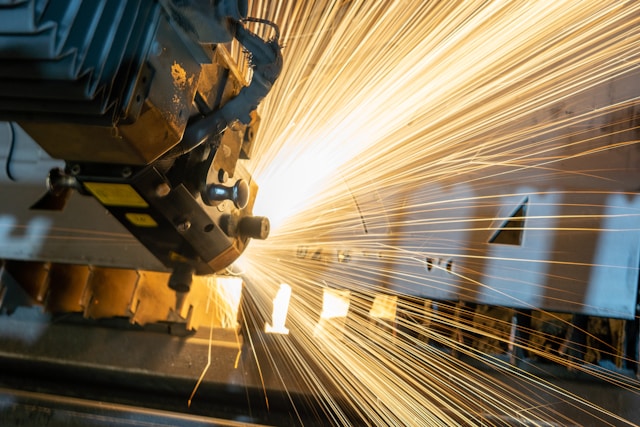
Nothing brings equipment and productivity to a standstill faster than a hydraulic hose failure. These failures are costly and can also cause injury to personnel.
Proper maintenance of hydraulic hoses helps reduce these costly and often unplanned occurrences. A little time invested up front by tracking hose lifespan and performing replacements before they fail can significantly reduce the costs of downtime, repair expenses, and environmental impacts.
Reduce Downtime
The downtime caused by a blown hose can cost your company money in lost productivity, especially if the hose fails on a weekend or at night when no one is around to work. A single hour of downtime can result in a loss of hundreds of dollars. Hoses typically degrade over time, but preventive maintenance can slow that degradation and extend the life of the hose. Routine visual inspections are the best way to catch hose problems like leaks and abrasion. Rust and other buildup are signs that the hose may be approaching its end of life. While white residue is normal, red rust indicates that the hose needs to be inspected or replaced. Inspections can also reveal issues such as poor routing or incorrect hose selection for the application. Preventive maintenance can be calendar or usage-based and is typically less expensive than emergency unplanned maintenance.
Reduce Maintenance Costs
The sudden failure of stainless steel hydraulic hoses and systems can damage expensive equipment. This damage can lead to repairs, replacements, and downtime. These repairs and replacements can often be avoided with routine preventative maintenance.
Hydraulic hoses are designed to contain and transmit fluids while protecting them from outside contaminants and environmental elements. Failure of a hydraulic hose can cause serious damage to machinery and endanger personnel. According to experts in hydraulic hose repair Charlotte NC, regular visual inspections of hoses can detect early signs of impending failure, such as damaged covers and fittings, cracking, or kinking. In addition, whitish substances appearing on the hose exterior can indicate that the fluid is hot and can be dangerous to touch. The most expensive aspect of a blown or leaky hose is the downtime caused by the equipment shutdown and the delay in production. Every hour of downtime costs a business hundreds of dollars in lost revenue. Replacing a hose can require skilled technicians, specialty tools, and parts.
Increase Productivity
Hydraulic hoses transmit fluid power to machinery and equipment, helping lift, bend, and rotate heavy loads. They are the lifelines of industrial operations, and a hydraulic hose failure initiates a chain reaction that disrupts production and results in a backlog of work. Replacing a hydraulic hose is a complex task, and it takes time for qualified technicians to come out and replace the damaged hose. This downtime results in a halted work schedule and missed deadlines, which impacts productivity in the workplace. Before removing a hose, cap the ports on the machine to prevent dust and dirt from blowing into them. Also, clean the fittings on the hose with brake cleaner before installing the new hose. This will help to reduce the chance of leaks from contaminants or mismatched parts.
Reduce Risk
When a hydraulic hose fails, production comes to a screeching halt. This stalls equipment leads to missed deadlines and an overall decrease in productivity. It’s also costly to get the hose replaced. It takes skilled technicians, specialized tools, and replacement parts to make the repair, which is why it’s so important to have a quick repair turnaround time.
Hoses and components can fail for many reasons, including improper selection or installation or using incompatible fluids. Tube erosion occurs when high-velocity streams of fluid or particles concentrate on areas of the hose, wearing away its exterior and creating internal leaks. Fortunately, some clues indicate impending failure. Signs of wear and tear include kinks, tight bends, rust, or other substances collecting on the hose’s exterior. Routine inspections can spot these problems before they become catastrophic failures.





More Stories
Understanding the Importance of Regular Electrical Maintenance in Homes
The Evolution and Impact of Graphic Design in Business Communications
Ways Machine Vision Integration Can Revolutionize Manufacturing